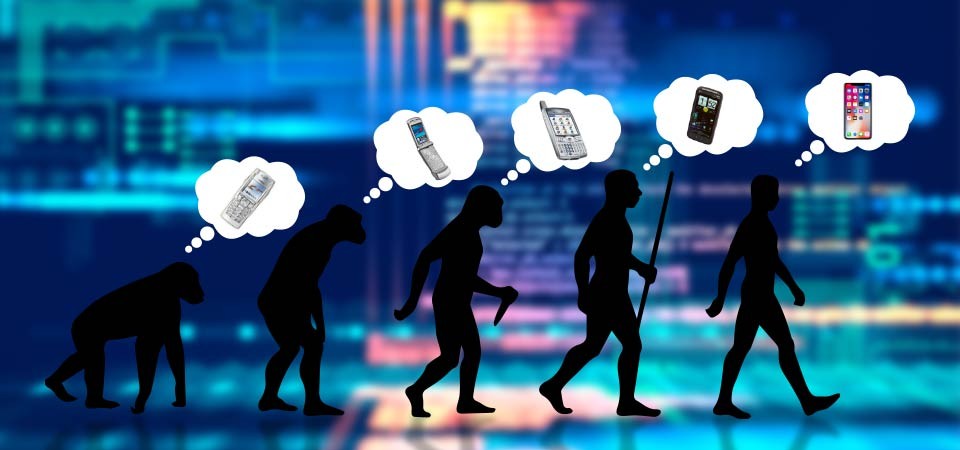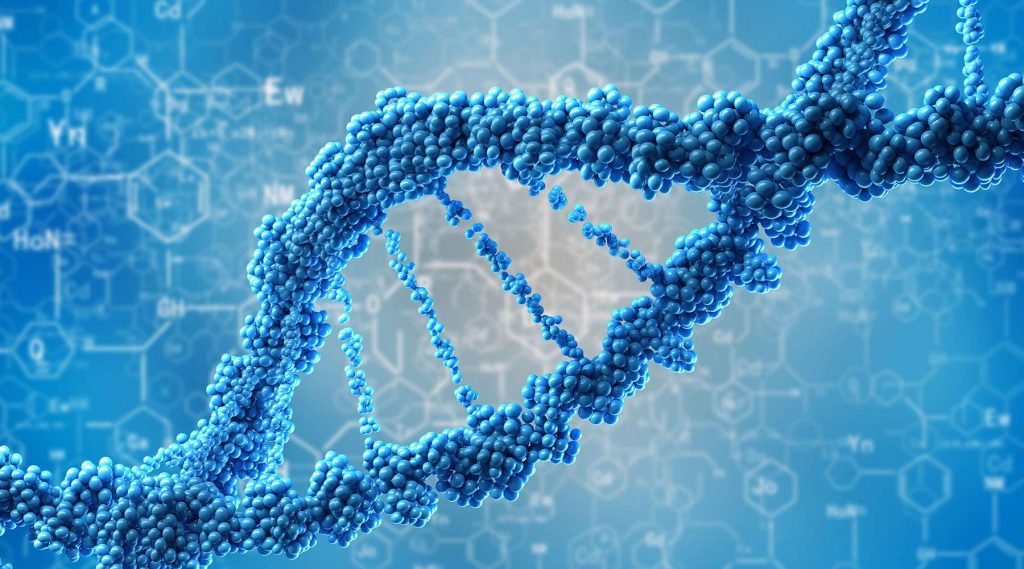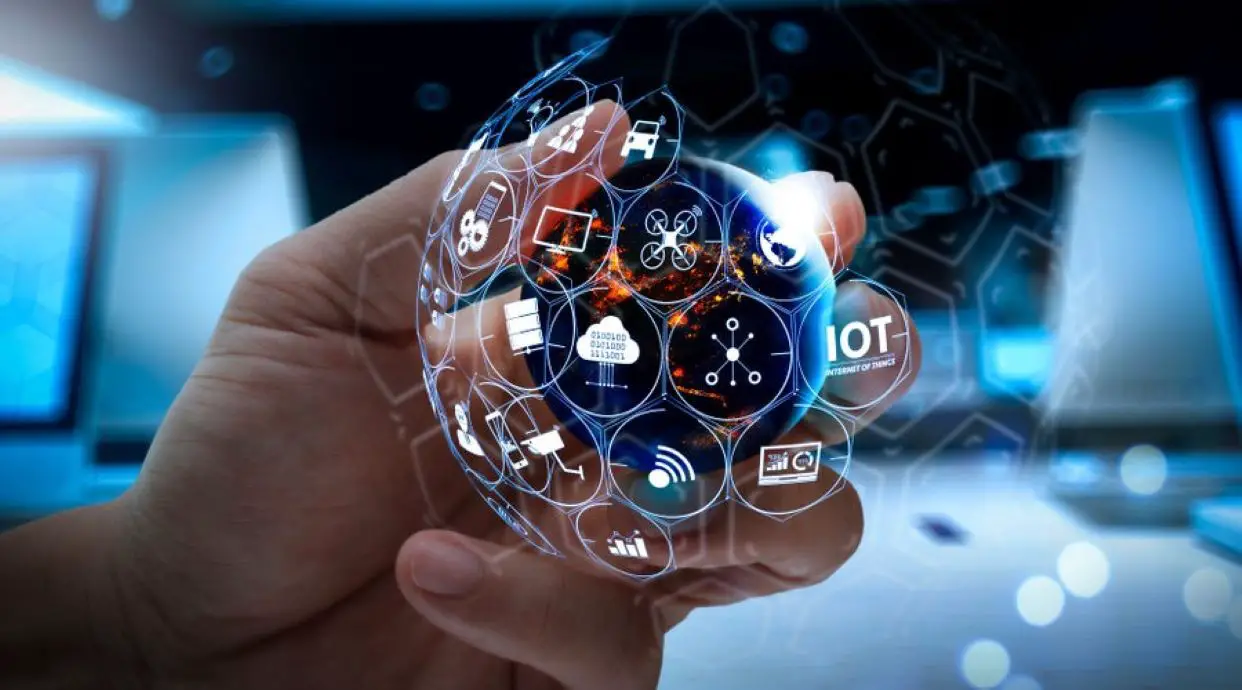Remember when we thought flip phones were the coolest thing ever? I still recall showing off my Motorola RAZR like it was some kind of magical device. Fast forward to today, and I’m talking to my refrigerator about my grocery list while my robot vacuum navigates around my sleeping dog. The pace of technological change isn’t just quick—it’s mind-boggling.
We’re All Living in a Sci-Fi Novel Now
The other day I was video chatting with my nephew in Japan while simultaneously translating our conversation in real-time. It hit me: we’re basically living in a Star Trek episode. The technologies that seemed impossible or “someday” innovations are now just… Tuesday.
But here’s the thing—it’s not just about having cooler gadgets. The way technology is evolving is fundamentally changing how we live, work, and connect with each other. Sometimes for better, sometimes for worse, but always in ways that make me step back and think, “Wow, how did we get here so fast?”

AI: From Science Fiction to “Hey, Can You Turn Down the Thermostat?”
Artificial intelligence has gone from mysterious movie villain to “the thing that recommends my next Netflix show” in what feels like the blink of an eye. It’s easy to forget that just five years ago, many of the AI applications we use daily were either clunky prototypes or didn’t exist at all.
The most visible change has been in our homes. My friend Sarah jokes that her smart home setup means she has “arguments with robots instead of her husband now.” Voice assistants have become so embedded in daily life that my mom—who once asked if email would use up all her computer’s memory—now casually asks Alexa for cooking conversions while making dinner.
But the real evolution is happening behind the scenes. AI is quietly reshaping massive industries:
- Doctors are using AI to spot cancer in medical images earlier than human eyes could catch it
- Farmers are deploying AI-powered analysis to optimize crop yields and reduce waste
- Designers are using generative AI to explore thousands of options for everything from furniture to fashion
What makes this shift different from previous technological revolutions is the pace. The industrial revolution took generations. The internet revolution took decades. The AI revolution is happening in real-time, right before our eyes.

The Mixed Blessing of Connectivity
Sometimes I look at my niece, who’s never known a world without smartphones, and wonder what that must be like. For her, being constantly connected isn’t remarkable—it’s just the default state of existence.
Our connected lives have given us incredible gifts. I can work from basically anywhere with an internet connection. My college friends and I have a group chat that’s been going for 12 years despite living in different countries. When my dad had a health scare last year, I was able to join his doctor’s appointment virtually and ask questions.
But there’s a flip side, isn’t there? We’re never really “off.” The line between work and home has blurred to the point of nonexistence for many people. Our attention spans have taken a beating from the constant barrage of notifications and content. I’ve literally found myself picking up my phone to check the time, getting distracted by a notification, and then putting it down without ever seeing what time it is.
The tech itself isn’t good or bad—it’s how we integrate it into our lives that matters. Some of my friends have started doing “digital sunsets” where all screens go off an hour before bedtime. Others use apps to block their most distracting apps during work hours. We’re all trying to figure out how to harness the benefits without letting the downsides take over.
From Ownership to Access: The Subscription-ification of Everything
Remember when you bought something and, well, you owned it? These days, I’m paying monthly subscriptions for music, movies, cloud storage, meditation apps, fitness content, and even the software I use for work. My friend jokes that soon we’ll have subscription toothbrushes that stop vibrating if you miss a payment.
This shift from ownership to access is reshaping our relationship with technology and products. On one hand, it’s more sustainable—we don’t need everyone to own everything. On the other hand, we’re increasingly dependent on companies maintaining their services and keeping their prices reasonable.
What’s fascinating is how this model has expanded beyond digital products. You can subscribe to car services instead of buying vehicles, furniture rental instead of purchases, and even clothing subscription boxes. The technology enabling these services—from seamless payments to logistics tracking—has made this shift possible.
The Environmental Tech Tug-of-War

Let’s be honest: our technological revolution has been rough on the planet. The energy consumption of data centers, the constant upgrade cycle of devices, the minerals needed for batteries—it’s a substantial environmental footprint.
But technology is also offering some of our best hopes for environmental solutions. Renewable energy tech is advancing rapidly, with solar efficiency improving and costs dropping year over year. Electric vehicles are finally becoming mainstream after decades of false starts. Smart grids are helping us use energy more efficiently.
I saw this tension firsthand when visiting my brother’s new “smart home” setup. On one hand, he’s got gadgets everywhere, each with their own environmental manufacturing cost. On the other hand, his smart thermostat and energy monitoring system have cut his electricity use by almost 30%.
Biotechnology: The Next Frontier

If you think digital technology is evolving quickly, biotechnology might give you whiplash. The pace of innovation in fields like genetic editing, synthetic biology, and personalized medicine is accelerating at a rate that’s hard to comprehend.
CRISPR technology, which allows scientists to edit genetic code with unprecedented precision, has gone from a breakthrough discovery to a widely used research tool in just a decade. Labs are now using similar technologies to develop treatments for previously untreatable genetic conditions, create synthetic alternatives to environmentally damaging products, and even explore bringing back extinct species.
My cousin works in biotech research, and she says the field has completely transformed since she started her career. “We can do in a week what would have taken years when I was in grad school,” she told me recently. “And we’re asking questions now that we wouldn’t have even known how to frame back then.”
The Digital Divide Is Evolving Too
As technology races forward, not everyone comes along for the ride at the same pace. The “digital divide” used to be mainly about who had internet access and who didn’t. Now it’s more complex: Who has high-speed connectivity? Who has the latest devices? Who has the skills to use emerging technologies effectively? Who can afford the increasingly subscription-based tech ecosystem?
I noticed this when helping my elderly neighbor set up her new smartphone. The device had all these capabilities, but the interfaces weren’t designed with her in mind. The text was too small, the gestures weren’t intuitive for someone who didn’t grow up with touchscreens, and features were buried in menus that made sense to designers but not to her.
As our essential services—banking, healthcare, government—move increasingly online, bridging these divides becomes not just a matter of convenience but of equity and access.
Where Are We Headed?
If you asked me ten years ago to predict today’s technology landscape, I would have gotten so much wrong. I might have guessed we’d have better phones, but I wouldn’t have imagined I’d be having meaningful conversations with AI or watching blockchain technologies reshape finance.
So I won’t pretend to know exactly what the next decade holds. But a few trends seem likely to continue:
- The boundaries between physical and digital will continue to blur through technologies like augmented reality, the Internet of Things, and increasingly sophisticated wearables.
- AI will become more invisible—embedded in nearly everything we use rather than standing out as a special feature.
- Personalization will reach new levels, with everything from medicine to education tailored to individual needs and preferences.
- Privacy and security concerns will intensify as more of our lives move online.
For all of us riding this wave of technological change, the challenge isn’t just keeping up with the latest gadgets or apps. It’s developing a thoughtful relationship with technology—embracing the innovations that truly enhance our lives while being intentional about maintaining our humanity, our connections, and our values.
Sometimes I look at my old RAZR phone that I keep in a drawer for nostalgia’s sake, and I think about how far we’ve come. Then I wonder where we’ll go next—and hope that wherever technology takes us, we’ll go there together, with our eyes wide open.
Also Read : DOGE Official at DOJ Bragged About Hacking
